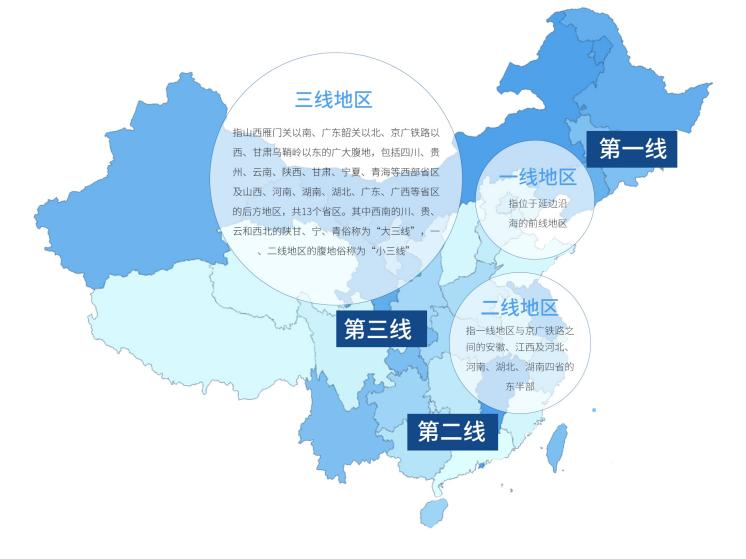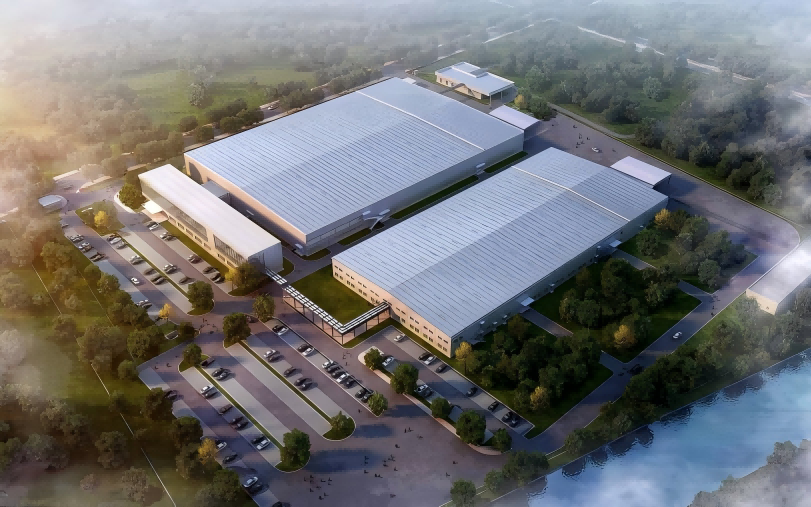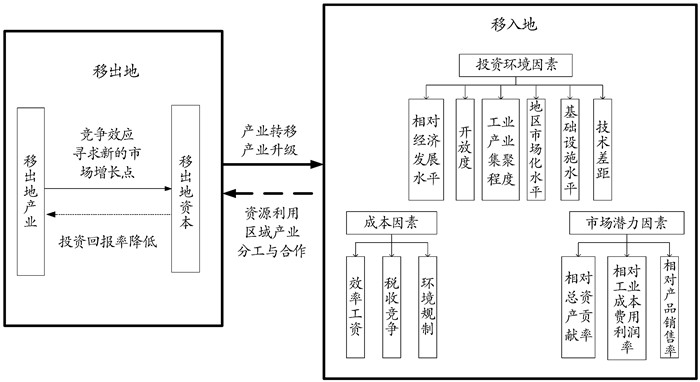Is the East's industry moving to the Midwest? Is an opportunity coming to the inland areas, and will the East's economy be affected?
On September 25, the Central Committee of the Communist Party of China and the State Council issued a statement: guide funds, technology, and labor-intensive industries to move to the hinterland in an orderly manner. The changes in the industrial structure concern the development of society and individuals, and the news quickly sparked widespread attention on the internet.

The eastward transfer of industries to the central and western regions will become a new driving force for China's economic growth, benefiting both the economic development of the eastern region and the inland regions.
As the economy in the eastern region has developed, the labor cost has increased, weakening the competitiveness of the industry. However, the central and western regions have sufficient advantages in resources and labor, and have shown a clear trend of accelerating economic growth in recent years. Therefore, the transfer of eastern industries to the central and western regions is an inevitable trend.

What are the benefits of the transfer of that industry to different regions in terms of economic development?
One approach is to expand the development space for manufacturing. The orderly transfer of industries from the East to the middle and western regions can not only drive the development of the middle and western regions, but also expand the development space of the East.
Second, enhance the resilience of industrial chains and supply chains. Currently, the global industrial and supply chain is undergoing accelerated restructuring, and China's complete industrial system and secure and stable industrial chains are facing significant challenges. Promoting industrial transfer can stimulate the advantages of various regions and ensure the security and stability of industrial chains.
Third, promote regional coordinated development better. Industrial transfer can effectively narrow the per capita GDP gap between regions and improve the uneven development of public services, which will help achieve coordinated development between regions.

However, when new opportunities arise, businesses should assess the situation and continue to deepen their roots in the industry, reasonably analyze their own situation and the current situation, and make timely and correct decisions that are beneficial to the development of the enterprise.





